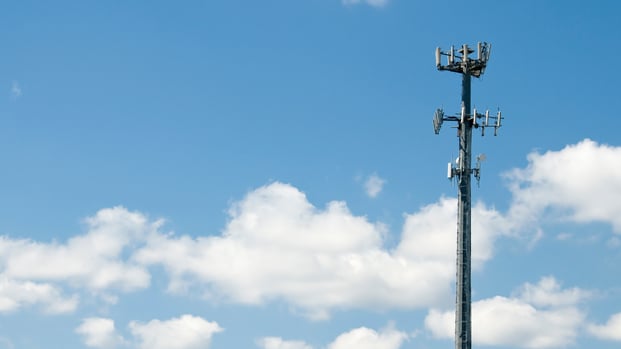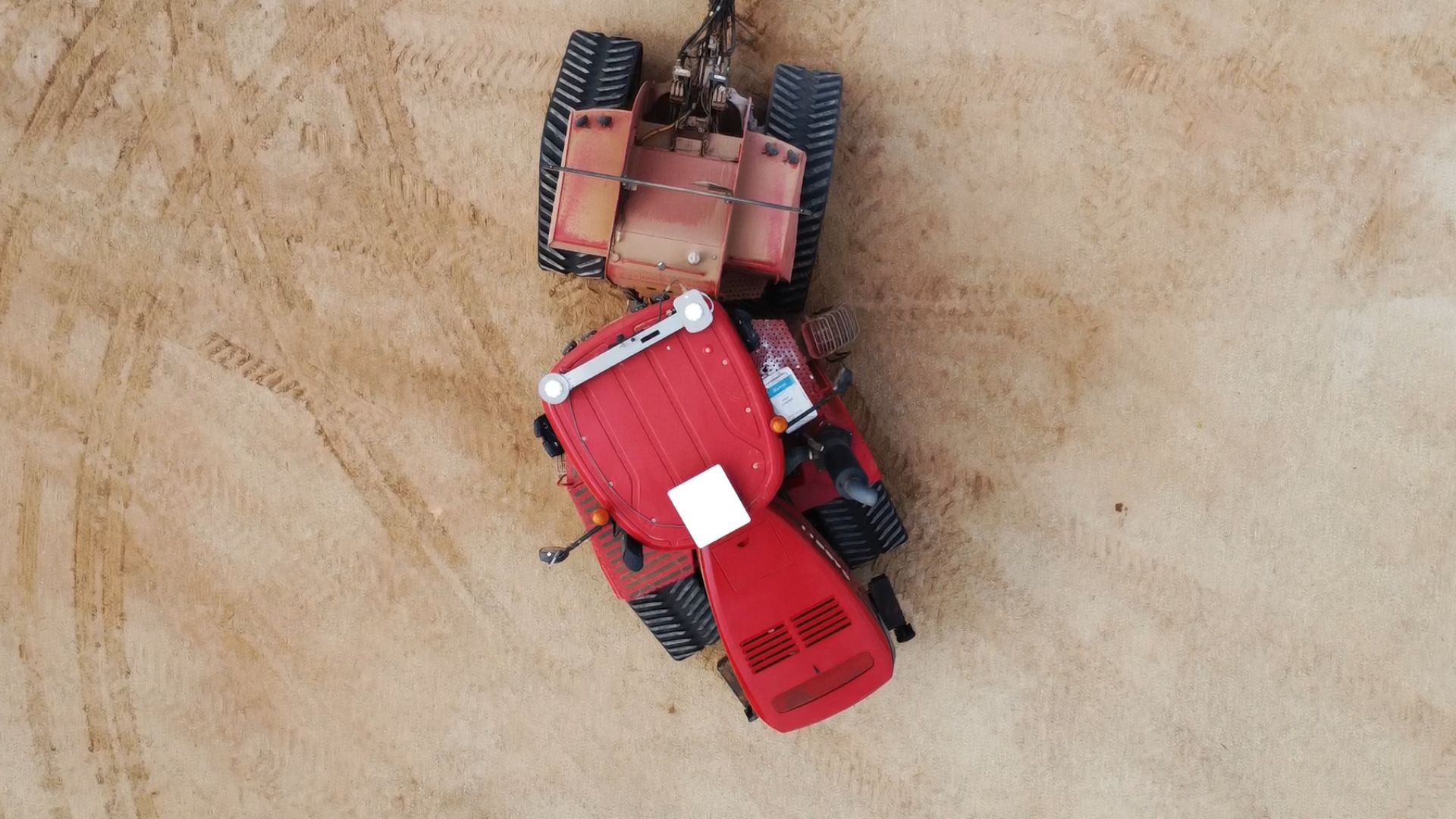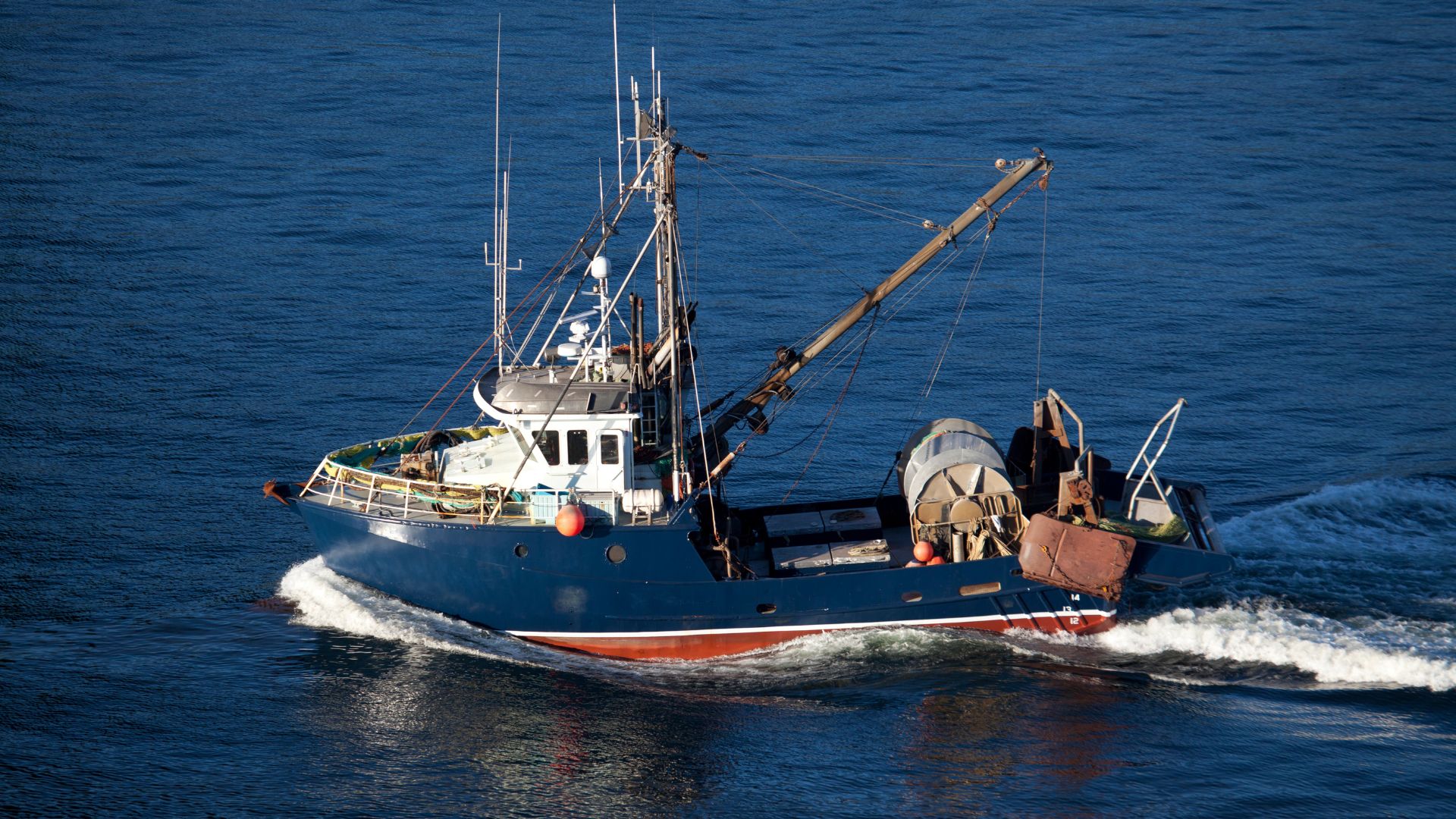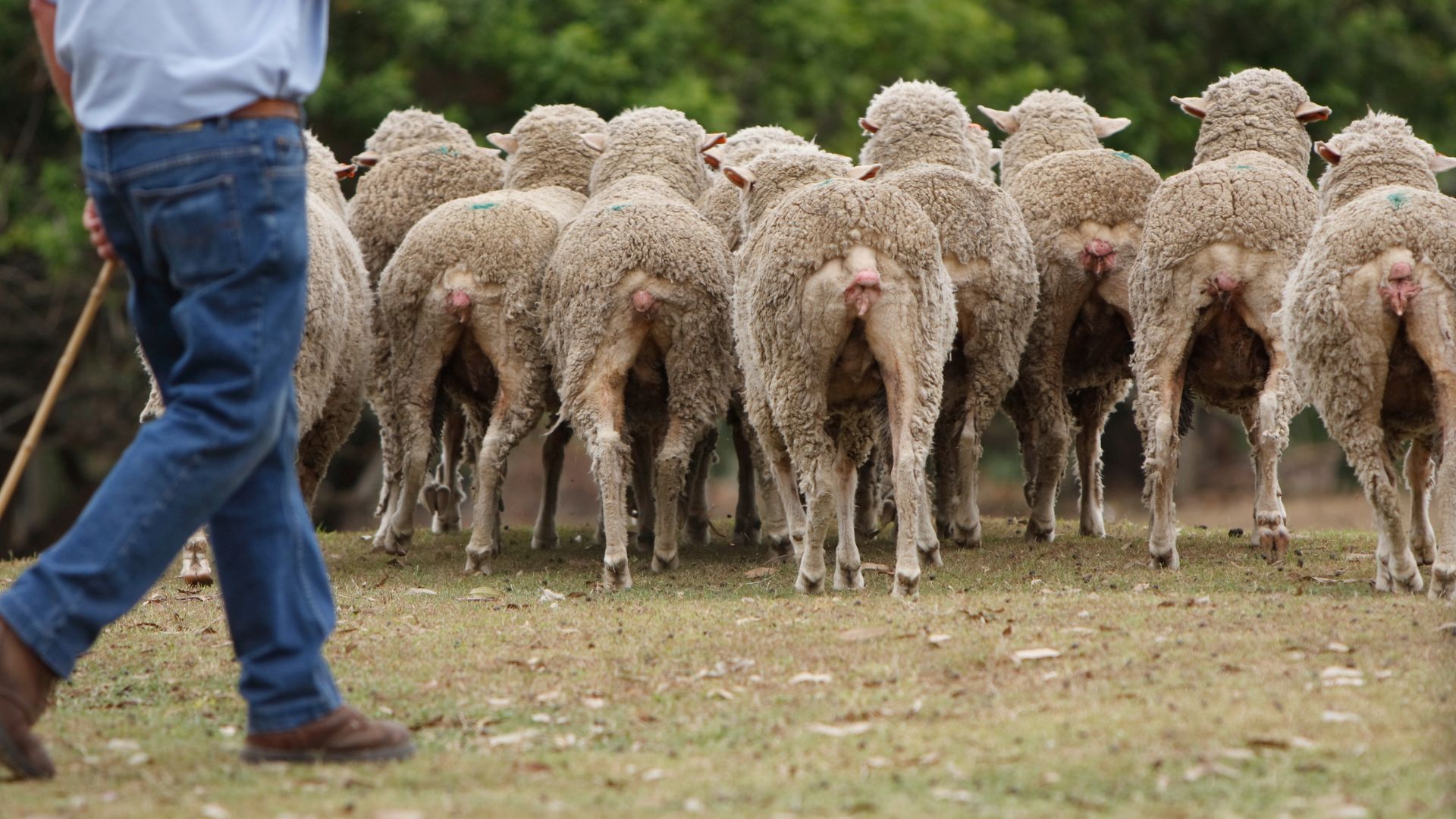What NZ Farmers Need to Know About the 3G Network Shutdown
 Abagael Higgs Oct 21, 2025
Abagael Higgs Oct 21, 2025

The 3G network is shutting down. What does it mean for your farm?
New Zealand’s mobile providers are turning off their old 3G networks between late 2025 and March 2026.
This will affect phones, farm equipment, and other devices that still rely on 3G for calls or data.
Here’s the confirmed timeline:
- One NZ (Vodafone): 31 December 2025
- 2degrees: Late 2025
- Spark: 31 March 2026
If you have devices on your farm that use 3G, such as tank monitors, cameras, water pumps, soil sensors, or even older mobile phones, they may stop working once 3G is switched off.
Why it matters
Many farms across Australia ran into major problems when 3G was turned off there in 2024.
Some areas that had good 3G coverage suddenly had no signal once 4G took over.
That’s because 4G towers don’t always cover as much ground as 3G towers, and during busy times (like harvest, calving, etc), 4G coverage can temporarily shrink, a phenomenon called “cell breathing”.
The result?
Farmers lost connection to critical gear and couldn’t reach staff or equipment when they needed to most.
What you can do now
Here’s a simple six-step plan to keep your farm connected and avoid any nasty surprises.
1. Check what devices are using 3G
It’s not just your phone.
Check water monitors, weather stations, soil sensors, cameras, gates, stock tracking gear, anything that sends or receives data.
If you’re unsure, contact your equipment supplier.
You can text ‘3G’ to 550 (on most networks) to check if your mobile is affected, but remember, this only checks phones, not other farm devices.
2. Make sure your gear supports 4G or 5G
Even if a device uses 4G for data, it might still rely on 3G for voice calls.
Ask your supplier if it supports VoLTE (Voice over 4G).
If not, you’ll need to upgrade before the shutdown.
3. Order replacements early
In Australia, last-minute demand led to shortages of modems and sensors.
Don’t wait until it happens, start planning replacements now.
Stock up on spare parts for key systems if you can.
4. Watch out for roaming SIMs
Some imported equipment uses overseas SIM cards.
These may not receive warnings from NZ providers and could suddenly lose service.
Switch to a New Zealand SIM to avoid issues.
5. Test your 4G coverage
Walk or drive around the farm and check signal strength in key spots where devices are installed.
If 4G coverage is weak, consider external antennas, signal boosters, or even satellite backups for remote areas.
6. Plan for busy times
During peak periods (harvest, shearing, or calving), 4G coverage can temporarily drop as more people use the network.
If you rely on real-time data, make sure your systems can store data locally and upload it later when the signal returns.
Emergency calls and safety
If you’re replacing phones or radios, test that they can still make a 111 emergency call.
Some imported 4G devices may not be fully compatible with NZ emergency systems.
Don’t wait! Act now!
Once the shutdown dates get close, there will be rush orders, limited stock, and slower technical support.
Start checking and upgrading now, while you’ve got time to plan properly.
This is also a great opportunity to upgrade your systems for better performance. 4G and 5G offer faster speeds and more reliable connections for future farming tech.
Related Articles
Broadacre Connectivity Deep Dive Series: Data Casting
For most broadacre farmers, the office and admin side of the business is connected to the internet. Shouldn’t your machines and equipment be ...
Aquaculture and Fishery Connectivity Deep Dive series: Digital tools and smart boats
Digital Technology and precision techniques have swept their way through most industries and sectors, however, globally the fishing and aquaculture ...
Dairy and Livestock Connectivity Deep Dive series: Connected Staff
Isolation for dairy and livestock farms isn't just a physical challenge—it can also be a barrier to safety, wellbeing, and operational efficiency. ...





